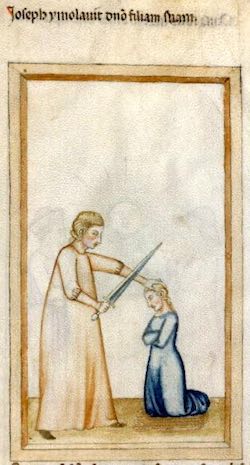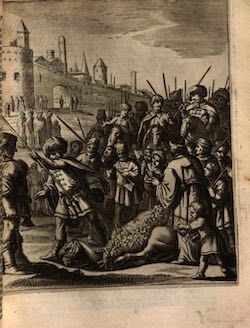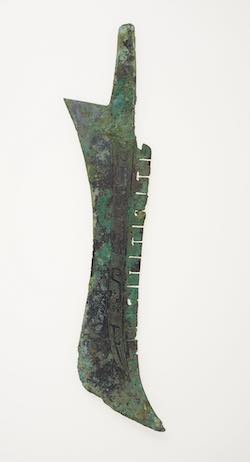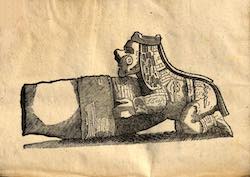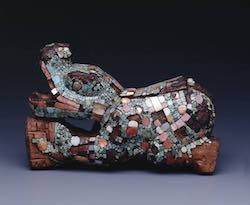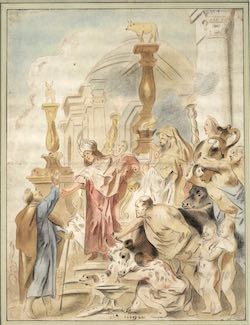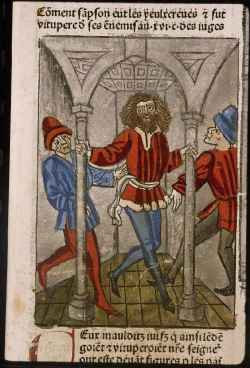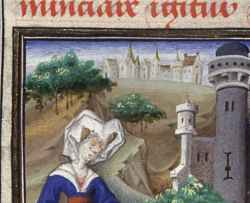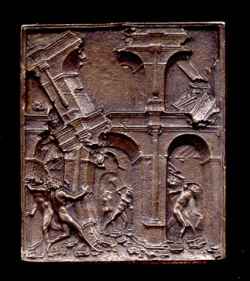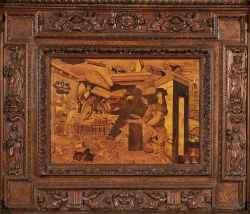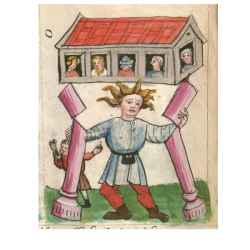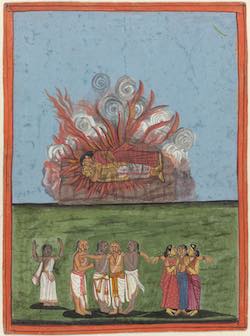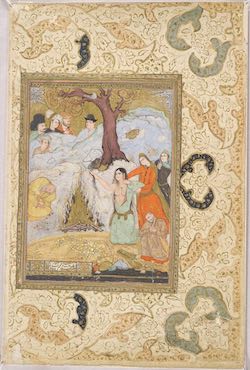Editor: Chiara Petrolini
Sacrifice of Isaac and Death of Abel [1660]
from: Catalogo generale dei Beni Culturali
Museo di Castelvecchio, Verona
Sacrifice of Jephthah [1350 - 1400]
from: Speculum humanae salvationis (Bologna) [Arsenal, Ms 593, fol. 7v]
Bibliothèque nationale de France, Paris
Sacrifice of Polyxena (15th)
from: Boccaccio, Giovanni. Des cleres et nobles femmes, BNF, Fol. 47r.
Bibliothèque nationale de France, Paris
Sacrifice of the Camel (1666)
from: Della Valle, Pietro, De volkome beschryving der voortreffelijke reizen van de deurluchtige reisiger Pietro della Valle, edelman van Romen, in veel voorname gewesten des werrelts, sedert het jaer 1615, tot in 't jaar 1626 gedaan. Amsterdam, Abraham Wolfgang, 1666, vol. 1, pag. 128
Sacrificial Knife (1634)
from: Liceti, Fortunio, Pyronarcha, sive, De fulminum natura deque febrium origine, Crivellarum, Padua, 1634, p. 123
Sacrificial Knife, Zoomophic Handle [1300-1521]
Museo delle Civilità/MPE Pigorini inv. 4215
Sacrificial scene before the Golden Calf (16th-17th)
Albertina, Vienna
Samson at the temple of Dagôn (1482)
from: Mirouer de la redempcion de l'umain lignage. Traducteur Julien Macho
Lyon, Bibliothèque municipale, Rés Inc 1043 f. 419
Samson destroys the temple (15th)
from: Boccaccio, De casibus virorum illustrium. Translated by Laurent de Premierfait
Paris, BnF, MS Français 235 fol. 38v
Samson destroys the temple (15th)
from: Boccaccio, De casibus virorum illustrium
Paris, BnF, Ms Français 233 fol. 28
Samson destroys the Temple (Armadi della Sagrestia con Tarsie Lignee) (XVI)
Napoli, Certosa e Museo Nazionale di San Martino
Samson smashes down the pillars in the Philistines' house (Samson reißt die Säulen im Haus der Philister ein) (1601-1625)
Herzog August Bibliothek, Wolfenbüttel
Samson, mocked by the Philistines, throws down the pillars of the house [1350-1400]
from: Speculum humanae salvationis metrice cum figuris pictis (Germany)
Munich, Bayerische Staatsbibliothek, Cim 3003
Satī (17th)
from: Manuscript, Iran
Harvard Art Museums/Arthur M. Sackler Museum, The Norma Jean Calderwood Collection of Islamic Art
Sati Funeral Practice (1611)
from: Johannes Isacius Pontanus, "Rerum et urbis Amstelodamensium historia", Amsterdam, 1611, p. 189
Satī. Gentile women of the caste of the cattle drivers, who is buried alive with her husband after he had died [1540]
Codice Casanatense, Biblioteca Casanatense, ms. 1889, fol. 64r, Rome


